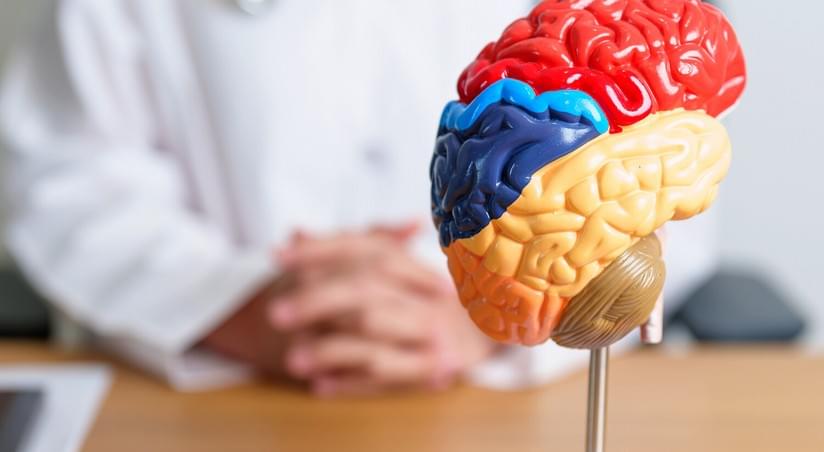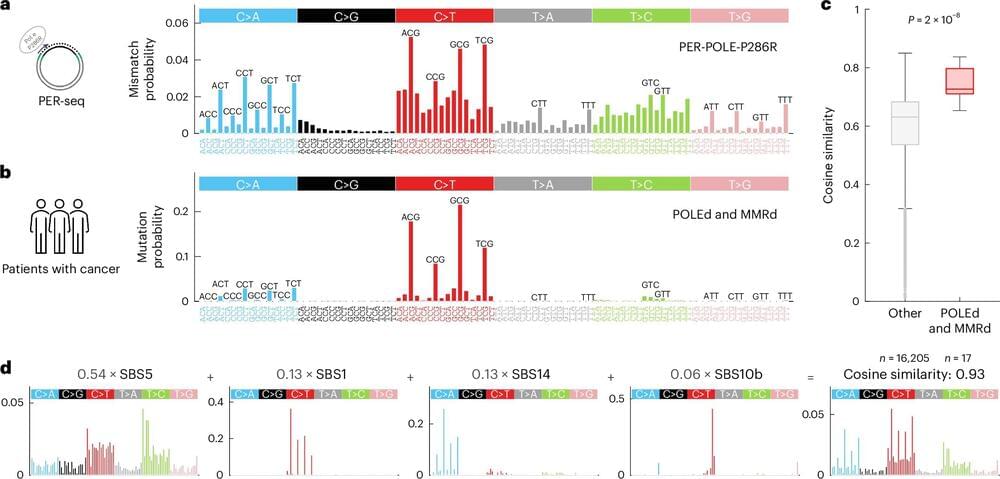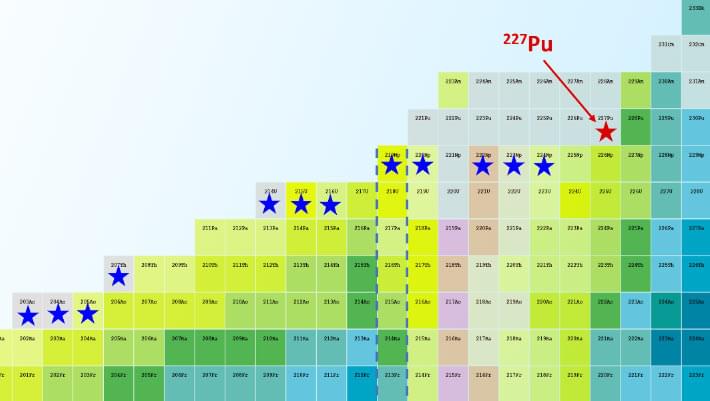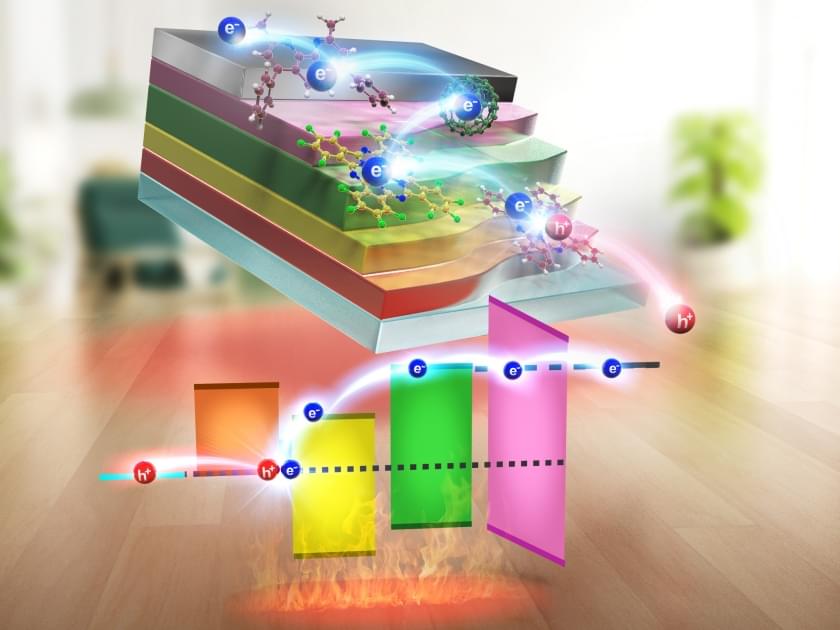Model is featured in figure 5.4 of Visualizing Mathematics with 3D Printing. This is joint work with Keenan Crane.



#ibm #heron #quantumcomputer #quantumphysics #softwareengineering #developers #programming #artificialintelligence #ai #neuralnetworks #machinelearning #explorepage #financialmarkets #cryptography #business #productdevelopment #researchanddevelopment #computerscience #qubit #engineering #technology #startups #science #mathematics #innovation #invention


This is about life expectancy, not radical life extension.
A new study has suggested that radical life extension is all but impossible in this century [1], and it has made waves among people interested in living longer.
A paper titled “Implausibility of radical life extension in humans in the twenty-first century” was destined to ignite controversy in the longevity community. Published in Nature Aging, it lists Jay Olshansky as its corresponding author, a renowned researcher who has been studying the populational dynamics of life expectancy for decades. We delved deeper into this study and reached several prominent community members for comments.
Enjoy the videos and music you love, upload original content, and share it all with friends, family, and the world on YouTube.

I’ve been having the most insane dreams recently…
Scientists have brought science fiction one step closer to reality by achieving the first two-way communication between individuals during lucid dreaming, Report informs referring to the Daily Mail.
In an experiment that sounds like a scene out of the movie ‘Inception,’ REMspace — a California-based startup that designs technology to enhance sleep and lucid dreaming — reportedly exchanged a message between two people who were asleep.
The company used ‘specially designed equipment’ which included a ‘server,’ an ‘apparatus,’ ‘Wifi’ and ‘sensors,’ but did not specify the exact technology they used.

A Ludwig Cancer Research study has punctured a longstanding assumption about the source of the most common type of DNA mutation seen in the genome—one that contributes to many genetic diseases, including cancer.
Led by Ludwig Oxford Leadership Fellow Marketa Tomkova, postdoc Michael McClellan, Assistant Member Benjamin Schuster-Böckler and Associate Investigator Skirmantas Kriaucionis, the study has implications not only for basic cancer biology but also for such things as assessments of carcinogenic risk associated with environmental factors and our understanding of the emergence of drug resistance during cancer therapy. Its findings are reported in the current issue of Nature Genetics.
The mutation in question—in which cytosine ©, one of the four bases of DNA that spell out our genes, is erroneously switched to thymine (T)—was thought to be primarily the result of a spontaneous chemical reaction with water. This reaction, deamination, is about twice as likely to happen when a cytosine is chemically tagged by the addition of a molecule known as a methyl group to create 5-methylcytosine, which occurs in DNA at so-called “CpG” positions, where C is followed by the base guanine (G).


Researchers have developed a Martian atmospheric evolution model to propose a new theory about Mars’s past. Although Mars is currently a cold, dry planet, geological evidence suggests that liquid water existed there around 3 to 4 billion years ago. Where there is water, there is usually life. In their quest to answer the burning question about life on Mars, researchers at Tohoku University created a detailed model of organic matter production in the ancient Martian atmosphere.
Organic matter refers to the remains of living things such as plants and animals, or the byproduct of certain chemical reactions.
Whatever the case, the stable carbon isotope ratio (13C/12C) found in organic matter provides valuable clues about how these building blocks of life were originally formed, giving scientists a window into the past.

Researchers have succeeded in developing a framework for organic thermoelectric power generation from ambient temperature and without a temperature gradient. Thermoelectric devices are devices that can convert heat into electrical energy. Researchers have now developed a thermoelectric device composed of organic materials that can generate electricity from ambient temperature alone. The device is made from copper phthalocyanine and copper hexadecafluoro phthalocyanine as charge $transfer materials and was combined with fullerenes and BCP as electron transport layers.
Researchers have developed a new organic thermoelectric device that can harvest energy from ambient temperature. While thermoelectric devices have several uses today, hurdles still exist to their full utilization. By combining the unique abilities of organic materials, the team succeeded in developing a framework for thermoelectric power generation at room temperature without any temperature gradient. Their findings were published in the journal Nature Communications.
Thermoelectric devices, or thermoelectric generators, are a series of energy-generating materials that can convert heat into electricity so long as there is a temperature gradient — where one side of the device is hot and the other side is cool. Such devices have been a significant focus of research and development for their potential utility in harvesting waste heat from other energy-generating methods.